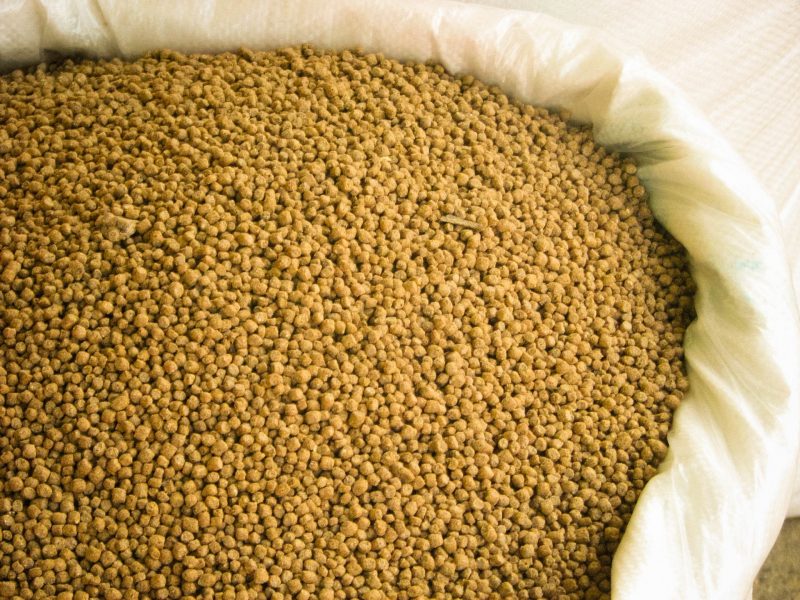Considered by the majority as the future of a new ecological and friendly source of protein for the future generation, aquaculturepresents also many advantages.
What is aquafarming?
Aquaculture, also known asaqua farmingis a method used to breed, rear and harvest fish, shellfish, algae and many other marine organisms. Aquaculture has been launched to cope with the increasing demand for seafood. This new technology is mainly used in order to produce food and other commercial products. It is also an alternative for habitat restoring and wild stock replenishing or rebuilding populations of threatened and endangered species.
Marine and freshwater are the two main types of aquaculture. Marine aquaculture is the farming of typical species that belong to the ocean and estuaries. These species may include oysters, clams, mussels, shrimp, seaweeds, and many fish such as black sea bass, sablefish, pompano and yellowtail. Many methods can be adopted to farm marine shellfish but the most common is the seeding method that consists in picking up small shellfish on the seafloor or rising them in floating pens. The fish growing is generally done in net cages in the water or if it is on land, in tanks. As freshwater aquaculture is concerned, it is a source of production of catfish and trout. This king of fish growing mainly happens in ponds or other artificial system build by humans and the fish lives with animal feed additives, poultry feed additive, cattle feed additives, Pet supplements.
Aquaculture’s process
From species to species, the approachesadopted in aquaculture’s farm-to-table process can vary from species to species. The products goes through four stages within the production chain. Generally, it starts in hatcheries and ends at the seafood counter in your grocery store.
Every step may differ regarding to its effect on the environment and the quality and the safety of the produced seafood. These last criteria are controlled by the Global Aquaculture Alliance and the standard products receive the BAP or Best Aquaculture Practices certificate, as far as the aquaculture in the US is concerned.
Before, fish farms encountered many issues related to the respect of these four aspects of aquaculture. To cope with the matter, BAP pursued methods to recoverthe lacks of the fish farming industry all around the world. And now, bap remains the only certification program that shelters every step of the supply chain. So each time you encounter the BAP logo, you can be assured that your seafood derived from farmed responsibly.
Hatchery begins the foursteps in the aquaculture production chain. It includes therearing of fish, marking of eggs and growing of fish. When the fish are grown enough, they are transported to the farm, where they are grown until they reach the harvest size. Once the fish are mature, they aremoved to a processing facility, to be packed and sent to food retailers and grocery stores.
Advantages of aquafarming
Humans need substitute sources of seafood for the planet’s ever-growing population. In fact, the ocean’s natural productivity providing for the planet is merely to be over. In fact, oceans is no more able to provide the annual catch of edible marine proteins it used to five years ago. And it is where aquaculture intervene to fill this gap in the seafood supply of the globe. As it gathers responsible and sustainable growing ‘methods, aquaculture can then be seen as a serious solution to forestall future generations with access to new source of protein.
Besides, aquaculture is also vital and it remains a sustainable option for consumers while compared to other proteins derived from the farms. In fact, in comparison to pork, chicken and beef, seafood grants more consistent types of protein retention.
If, by 2050, 10 billion people will inhabit the planet, the demand of protein will increase by 52 percent. The situation will then be critical as naturally providing sustainable and healthy approaches to feeding the planet will no more be possible. So, aquaculture should endorse the role of main healthy and lean protein’s provider of the world. In order to reach that objective, aquaculture should start by now the complementation of wild-caught fish options so that the amount of seafood available worldwide would considerably raise. So, aqua farming presents a pure potential environmentally friendly, socially responsible, and considering food safety and animal welfare‘process is maintained.
